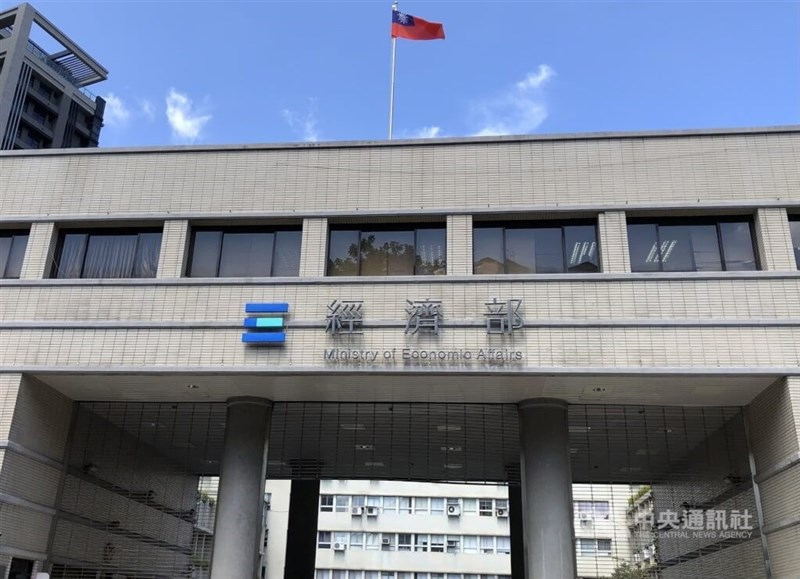In a significant escalation of trade tensions, China has imposed sweeping anti-dumping duties of up to 74.9% on polyformaldehyde copolymer imports from Taiwan, the EU, U.S., and Japan. In response, Taiwan’s Ministry of Economic Affairs (MOEA) is aggressively ramping up support for its affected petrochemical manufacturers, notably by increasing international marketing efforts and reducing dependency on Chinese markets.
🔍 In-Depth Report
🔹 What is Polyformaldehyde Copolymer?
Polyformaldehyde copolymer (POM) is a high-performance thermoplastic used primarily in precision engineering. Known for its dimensional stability, low friction, and high stiffness, it serves as a metal substitute in components for:
- Automobiles
- Electronic devices
- Consumer appliances
- Industrial machinery
Taiwan is one of the key global producers of POM, and China has been its largest export market until recent years.
🚨 China’s Move: Anti-Dumping Tariffs Announced
On May 18, 2025, China’s Ministry of Commerce (MOFCOM) concluded a year-long anti-dumping probe and announced tariffs effective May 19, claiming exporters sold POM to China at unfairly low prices, harming domestic producers.
Tariff Rates by Country:
| Country/Region | Tariff Range |
|---|---|
| Taiwan | 3.8% (Polyplastics Taiwan) to 32.6% |
| U.S. | Up to 74.9% |
| EU | 34.5% |
| Japan | 24.5% – 34.5% |
This measure essentially raises the cost of Taiwanese POM in China, reducing competitiveness and export profitability for Taiwanese firms.
🇹🇼 Taiwan’s Strategic Response: Global Pivot Underway
MOEA’s Multi-Level Support Plan:
- International Buyer Engagement
- The ministry plans to invite foreign buyers to Taiwan to meet with local petrochemical firms.
- Special focus will be given to India, Southeast Asia, and Europe.
- Exhibition Participation & Trade Shows
- Continued financial and logistical support for companies to join global trade shows.
- Taiwan will send a delegation to K Düsseldorf 2025 – the world’s largest plastics and rubber industry event.
- Taiwan Select & Other Promotions
- The Taiwan Select 2025 event (held in April) introduced domestic manufacturers to new international clients.
- Future conferences, like the Taiwan-India Petrochemical Conference in August, will drive sectoral cooperation.
- Market Diversification Success
- Taiwan’s exports to China declined by 25.5% YoY to US$20.13 million in Jan–Apr 2025.
- China’s share of Taiwan’s total POM exports fell from 71.1% (2024) to 61.7%, showing Taiwan’s partial success in diversifying.
💡 Analysis: What This Means for Taiwan and Global Trade
Strategic Decoupling from China
Taiwan’s petrochemical industry has long been intertwined with China due to proximity and market size. However, this recent development will likely accelerate the shift away from Chinese dependence, a move that aligns with Taiwan’s broader economic strategy amid geopolitical tensions.
Boost for India and Southeast Asia
India, in particular, stands to benefit from Taiwan’s realignment, with bilateral cooperation in petrochemicals growing rapidly. With China becoming a more protectionist player, Taiwan is strategically opening corridors with like-minded economies for mutual resilience.
Industrial Competitiveness at Stake
Taiwan’s Formosa Plastics Corp. and Polyplastics Taiwan Co. are global heavyweights in precision plastics. Despite relatively low company-specific tariffs (3.8% and 4.0%), the reputational and procedural burdens from this probe and tariff could impact supplier relationships and logistics.
What Can Businesses Do?
Taiwanese firms should:
- Accelerate brand visibility in non-Chinese markets.
- Invest in R&D to further differentiate products.
- Work closely with MOEA-sponsored trade platforms to ensure global reach.
📈 Economic Outlook
Despite short-term challenges, Taiwan’s pivot away from China could increase resilience, drive regional cooperation, and reduce trade vulnerability. The government’s early intervention and consistent messaging have already helped reduce dependence on a volatile market.
❓FAQs
What is polyformaldehyde copolymer used for?
It is used in automotive components, electronics, and machinery where precision and strength are required. It’s a thermoplastic alternative to metals like copper or zinc.
Why did China impose anti-dumping tariffs on Taiwan?
China concluded that exporters from Taiwan and other countries were selling polyformaldehyde at unfairly low prices, harming Chinese domestic manufacturers.
How much of Taiwan’s POM exports go to China?
As of 2024, China accounted for 71.1% of Taiwan’s POM exports, but this dropped to 61.7% in early 2025 due to diversification efforts.
What actions is Taiwan taking to counteract these tariffs?
Taiwan is engaging new markets, inviting international buyers, organizing conferences, and supporting companies to participate in global trade exhibitions.
Who are the major Taiwanese exporters affected?
Formosa Plastics Corp. and Polyplastics Taiwan Co. are the two major exporters affected, though they received relatively low tariff rates compared to other nations.


